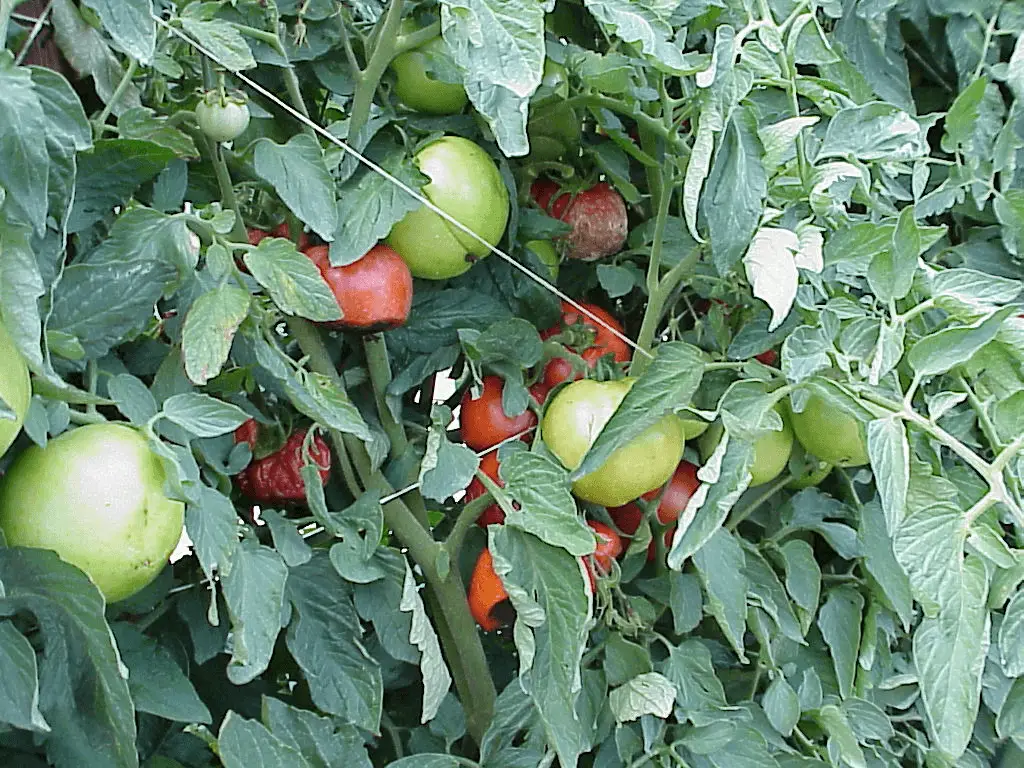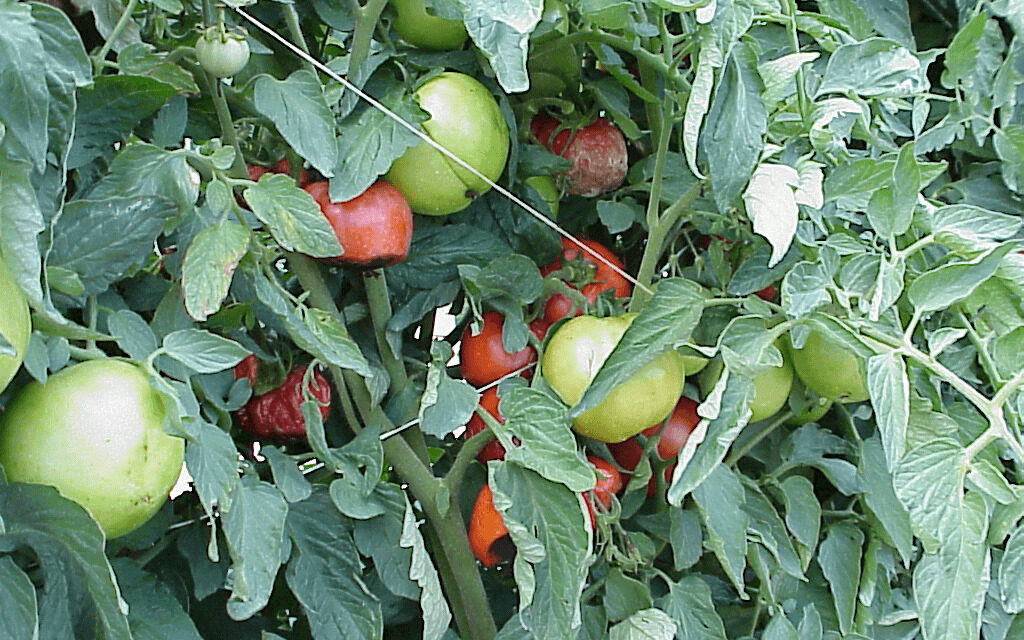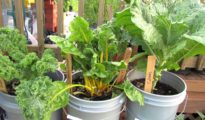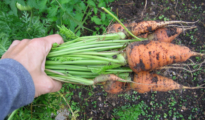As the global climate continues to change, we are experiencing more frequent and intense heatwaves, putting our crops, particularly vegetables, at risk. Heat stress can have detrimental effects on vegetable plants, leading to reduced yields, lower quality produce, and even crop failure. However, with proper care and attention, you can protect your vegetables and mitigate the impact of hot weather. In this blog post, we will explore the challenges posed by heat stress and provide practical strategies to safeguard your vegetable plants during periods of high temperatures.

Understanding Heat Stress on Vegetables:
Heat stress occurs when plants are exposed to temperatures that exceed their optimal range for growth. Vegetables, in particular, are susceptible to heat stress due to their shallow root systems and high water content. When temperatures rise, plants experience physiological changes that disrupt essential processes, such as photosynthesis, water uptake, and nutrient absorption.
Signs of Heat Stress in Vegetables:
- Leaf wilting and curling: Leaves may appear limp, droopy, or curl upwards as a defense mechanism to reduce water loss.
- Leaf yellowing and browning: Heat stress can cause chlorophyll breakdown, resulting in yellowing or browning of leaves.
- Reduced fruit set: High temperatures can negatively impact pollination and fertilization, leading to a decrease in fruit development and size.
- Blossom drop: Excessive heat can cause blossoms to drop prematurely, preventing fruit formation.
- Reduced yield and quality: Heat stress can result in smaller, misshapen, or discolored fruits, compromising both quantity and market value.
Protecting Vegetables in Hot Weather:
- Provide Ample Water: Water is crucial in mitigating heat stress, as it helps regulate plant temperature and maintains turgidity. Increase the frequency and duration of watering during hot weather, ensuring the soil remains consistently moist but not waterlogged. Consider using drip irrigation or soaker hoses to deliver water directly to the roots, minimizing evaporation.
- Mulching: Apply a layer of organic mulch, such as straw or wood chips, around the base of vegetable plants. Mulching helps conserve soil moisture, regulate soil temperature, and suppress weed growth. It also prevents soil compaction, allowing better root development and nutrient uptake.
- Shade Structures: Create temporary shade structures to shield your plants from direct sunlight during the hottest parts of the day. Use shade cloth, row covers, or even old bed sheets to reduce heat stress. Ensure the shade material still allows sufficient airflow to prevent humidity buildup, which can lead to other plant diseases.
- Timing is Everything: Plan your planting schedule to avoid the peak heat periods. Start early in the growing season or wait until temperatures begin to cool before planting. This strategy gives your plants a head start before the intense heat arrives or allows them to mature during more favorable conditions.
- Proper Nutrition: Heat-stressed plants have increased nutrient requirements. Fertilize regularly with balanced organic fertilizers or compost to ensure your vegetables receive essential nutrients. Adequate nutrition strengthens the plants' resilience and ability to withstand stress.
- Protective Coverings: For smaller vegetable plants or sensitive varieties, consider using individual plant covers or cloches. These transparent covers create a mini greenhouse effect, protecting plants from extreme temperatures and wind while still allowing light penetration.
- Companion Planting: Take advantage of companion planting techniques to provide natural shade and reduce heat stress. Plant taller, heat-tolerant crops like corn or sunflowers on the sunnier side of your vegetable patch, creating a shield for more delicate plants.
- Pruning and Training: Maintain good airflow by pruning excess foliage and properly training your vegetable plants. Adequate air circulation reduces the risk of diseases and helps dissipate heat around the plants. Remove any damaged or wilted leaves, as they can contribute to increased stress on the plant.
- Increase Organic Matter: Improve the soil's ability to retain moisture and regulate temperature by adding organic matter such as compost, well-rotted manure, or cover crops. Organic matter enhances soil structure, promotes water infiltration, and provides a steady supply of nutrients, supporting healthier plant growth.
- Water Management: In addition to regular watering, consider employing water management techniques to optimize moisture levels. Implement techniques like drip irrigation or a timed sprinkler system to ensure water is delivered directly to the plant roots while minimizing evaporation.
- Introduce Shade-Loving Vegetables: Include heat-tolerant and shade-loving vegetable varieties in your garden to diversify your crop selection. Some vegetables, like leafy greens (e.g., lettuce, spinach) and herbs (e.g., parsley, cilantro), can tolerate partial shade and thrive in hot weather.
- Monitor and Provide Careful Attention: Regularly monitor your vegetable plants for any signs of heat stress or other issues. Early detection allows for prompt intervention and reduces the risk of irreversible damage. Keep a close eye on soil moisture, pest infestations, and nutrient deficiencies. Adjust your care practices accordingly to ensure the health and vitality of your vegetables.
Protecting your vegetable crops from heat stress requires proactive planning and attentive care. By implementing the strategies discussed in this blog post, you can minimize the impact of hot weather on your plants and help ensure a successful harvest. Remember to provide ample water, create shade, mulch, time your planting, and offer proper nutrition to support your vegetable plants' resilience. With a little extra effort and thoughtful management, you can safeguard your vegetables and continue to enjoy a bountiful harvest, even during periods of scorching heat.



















